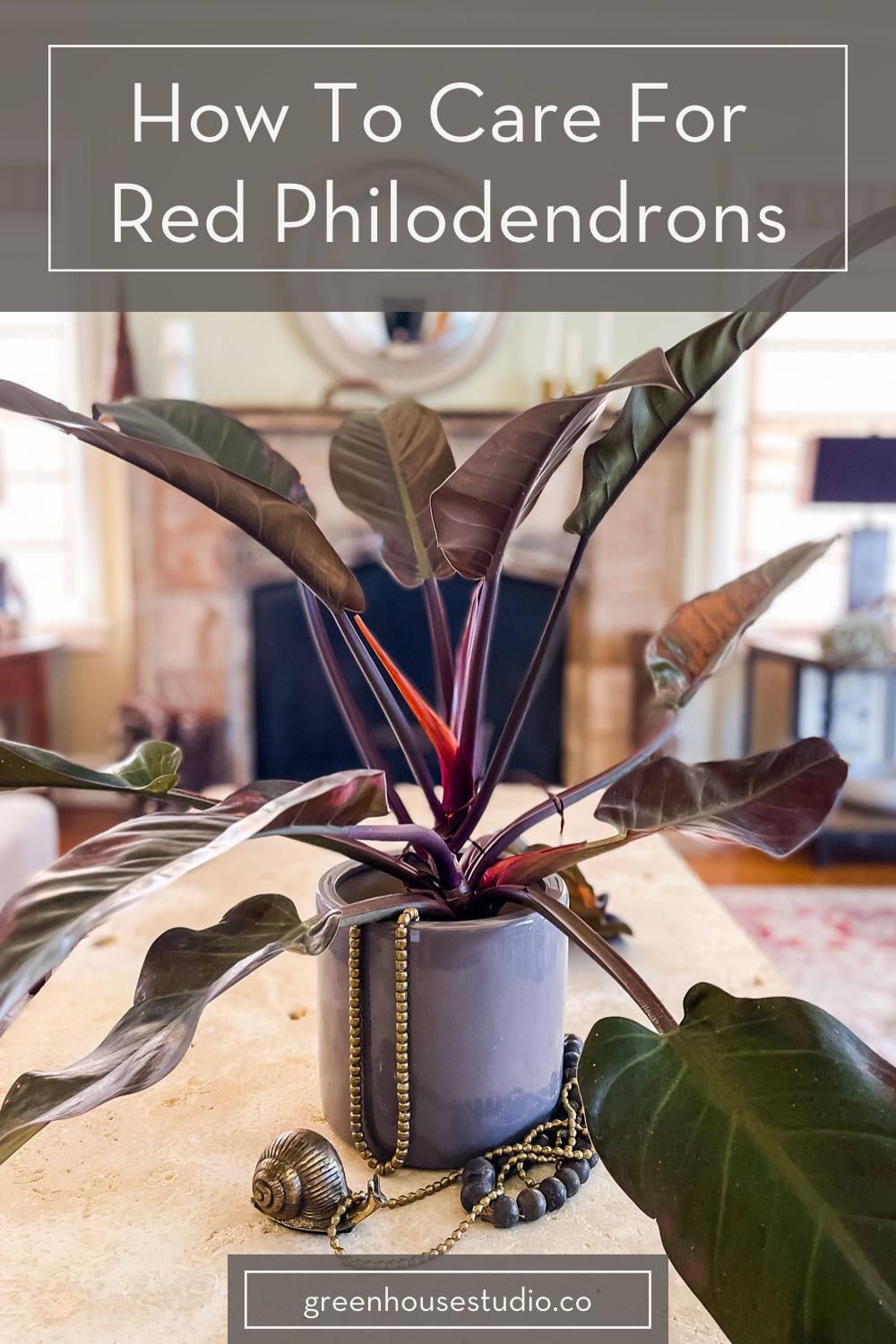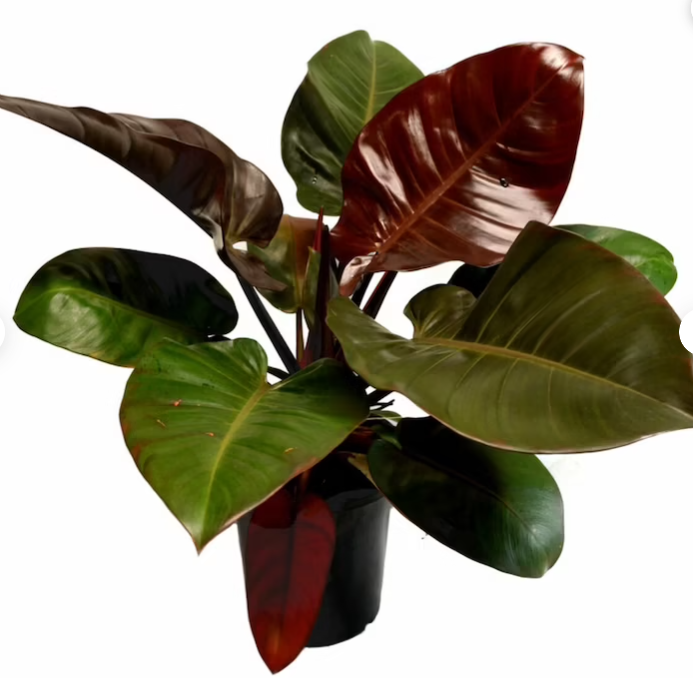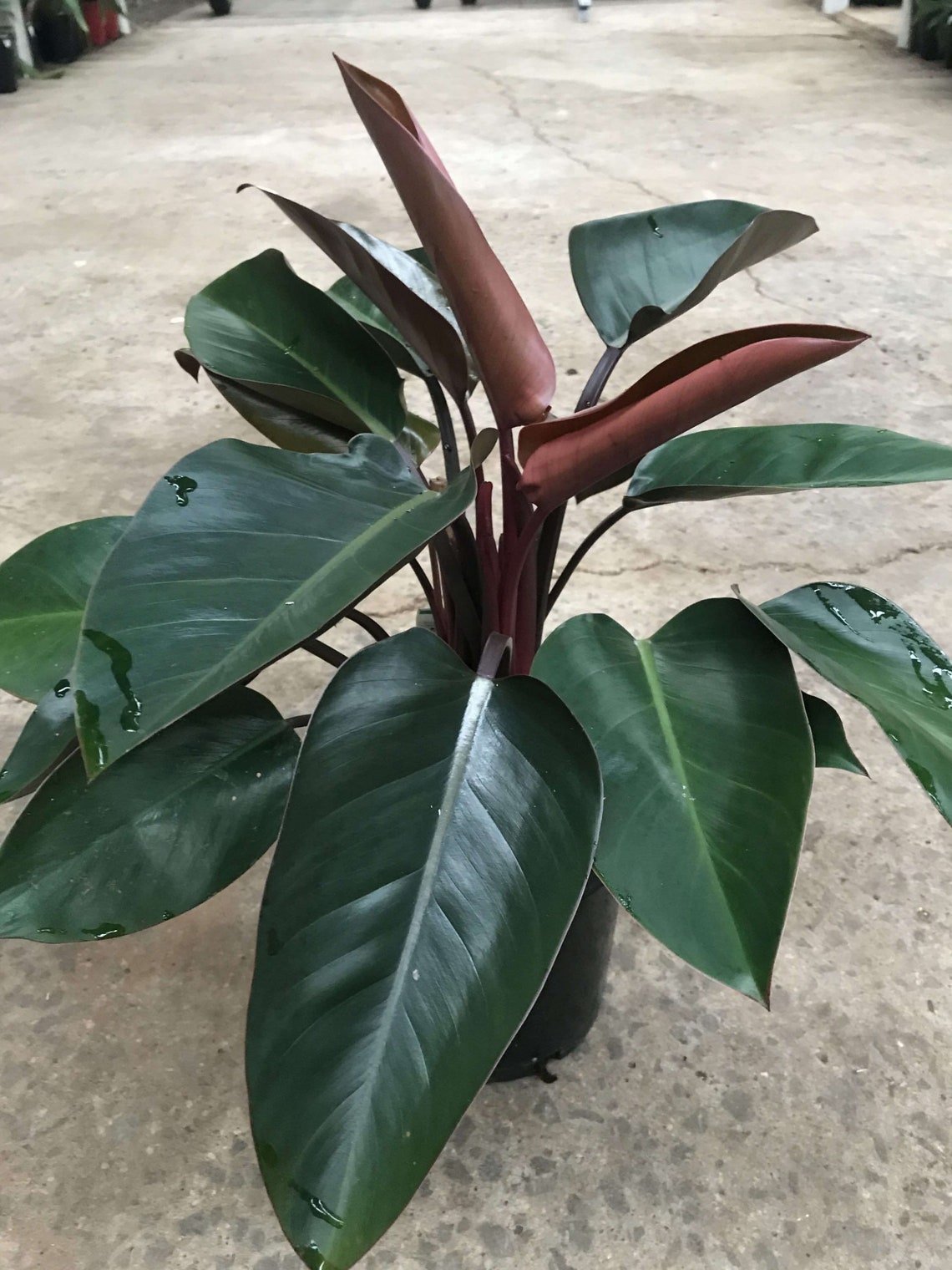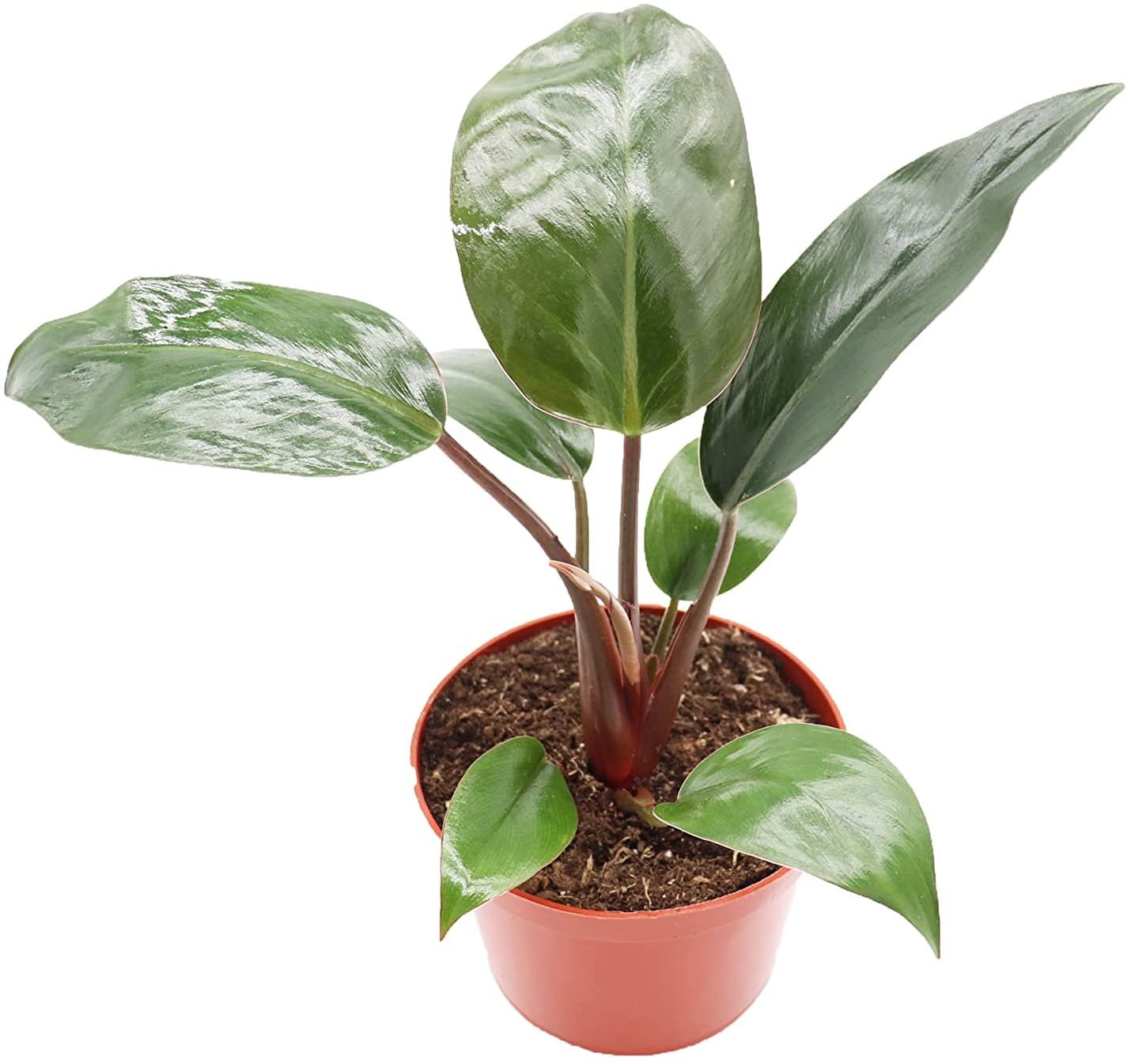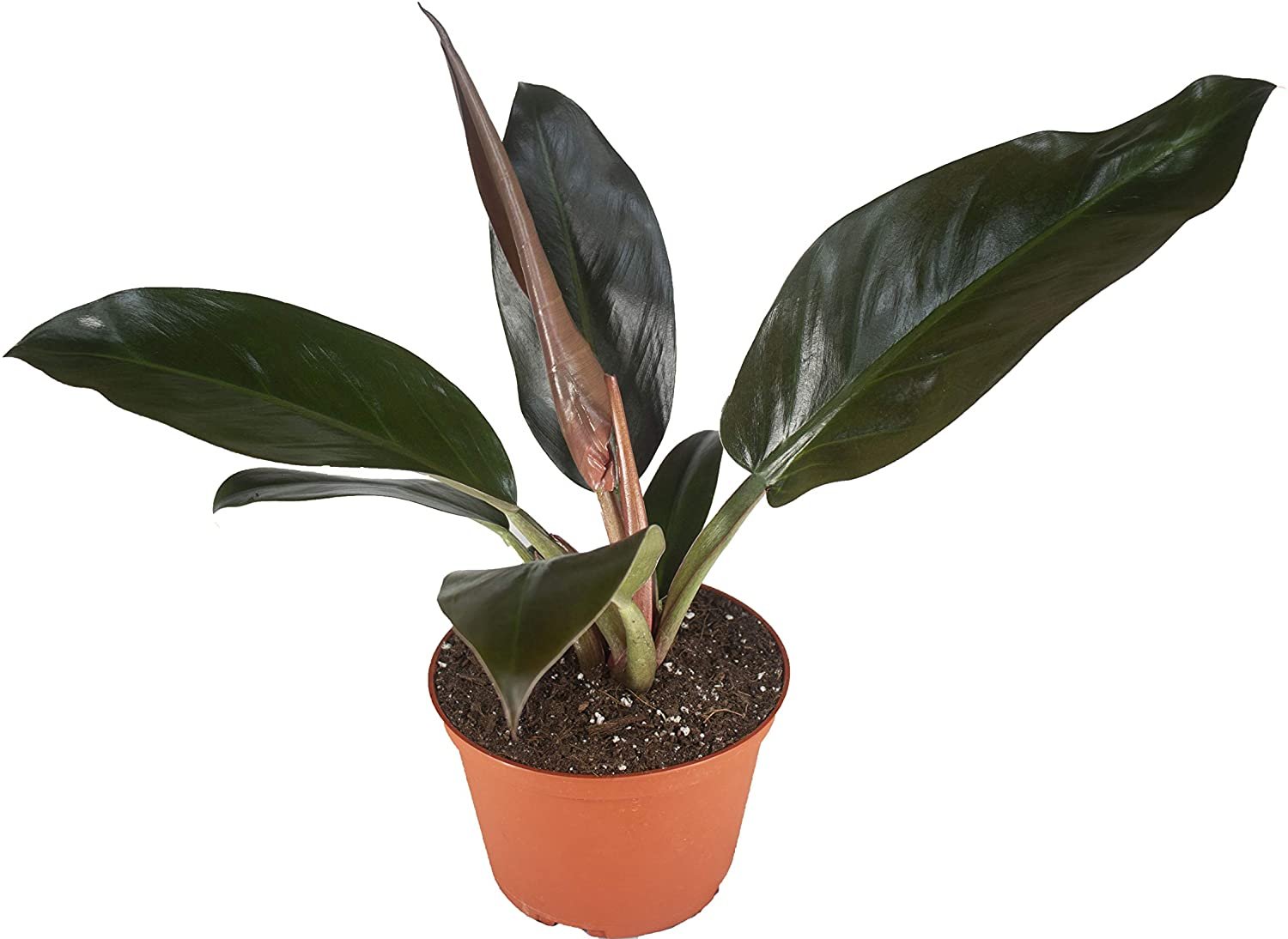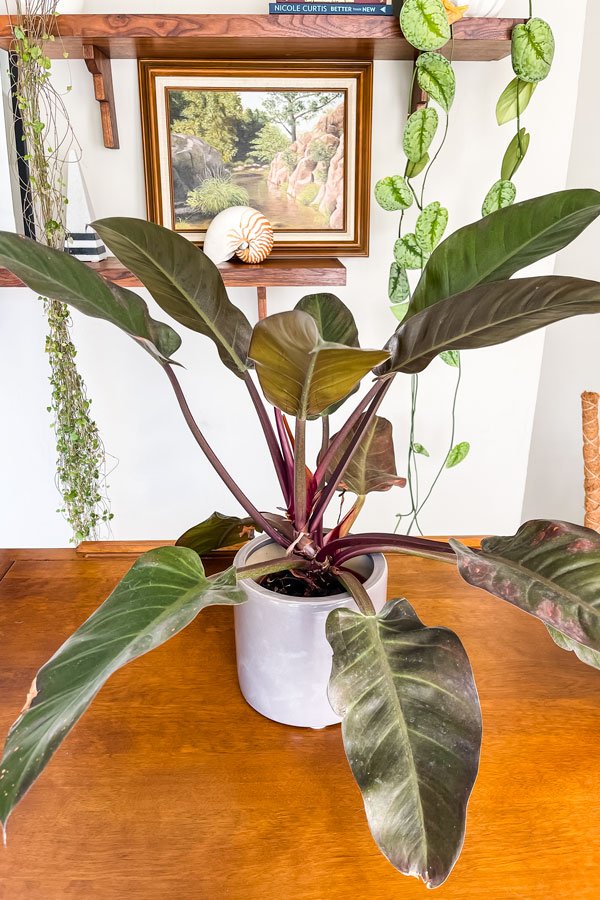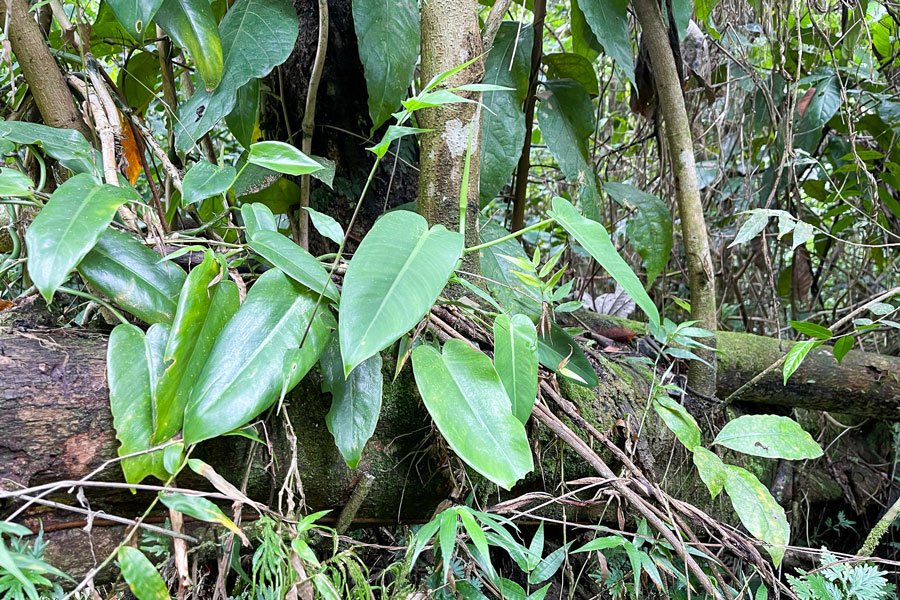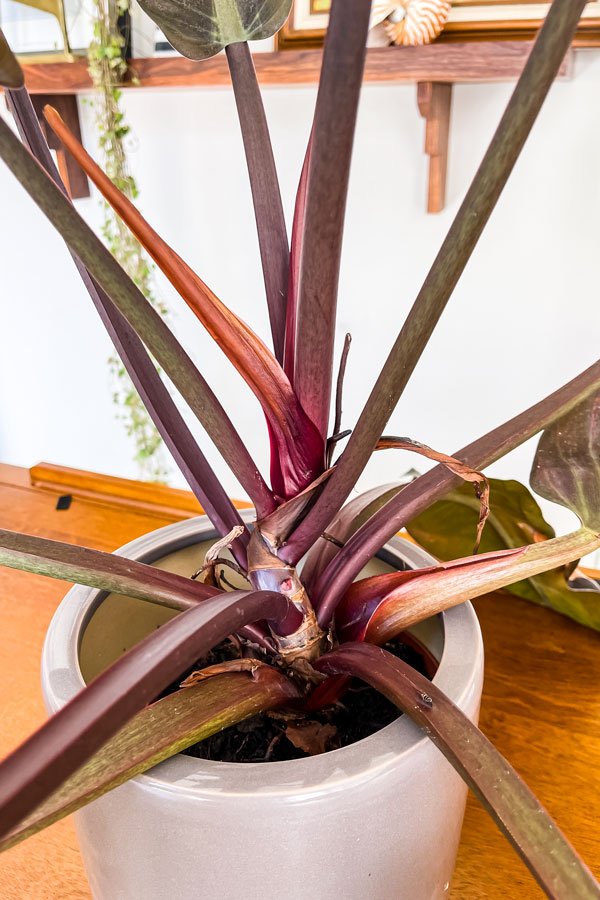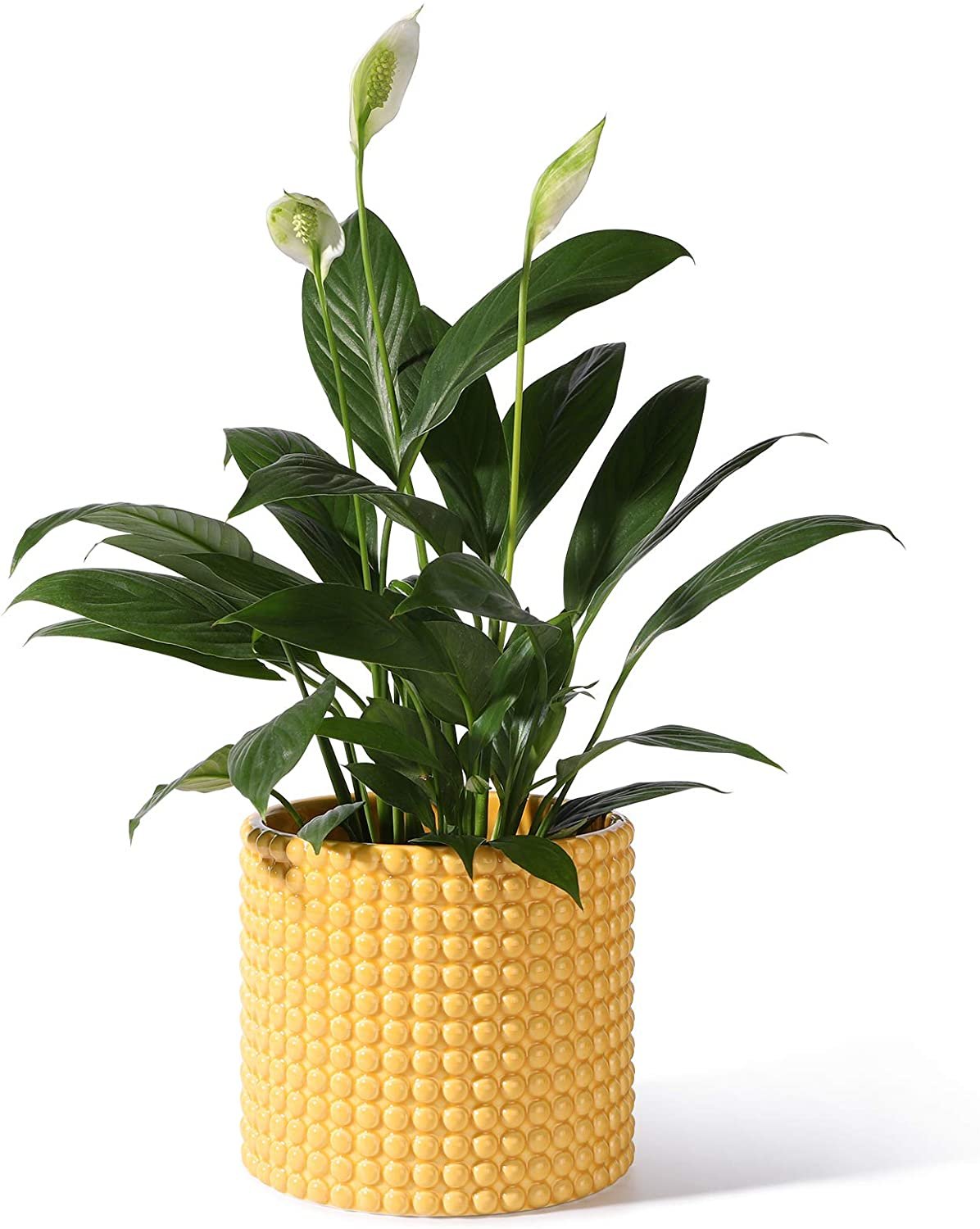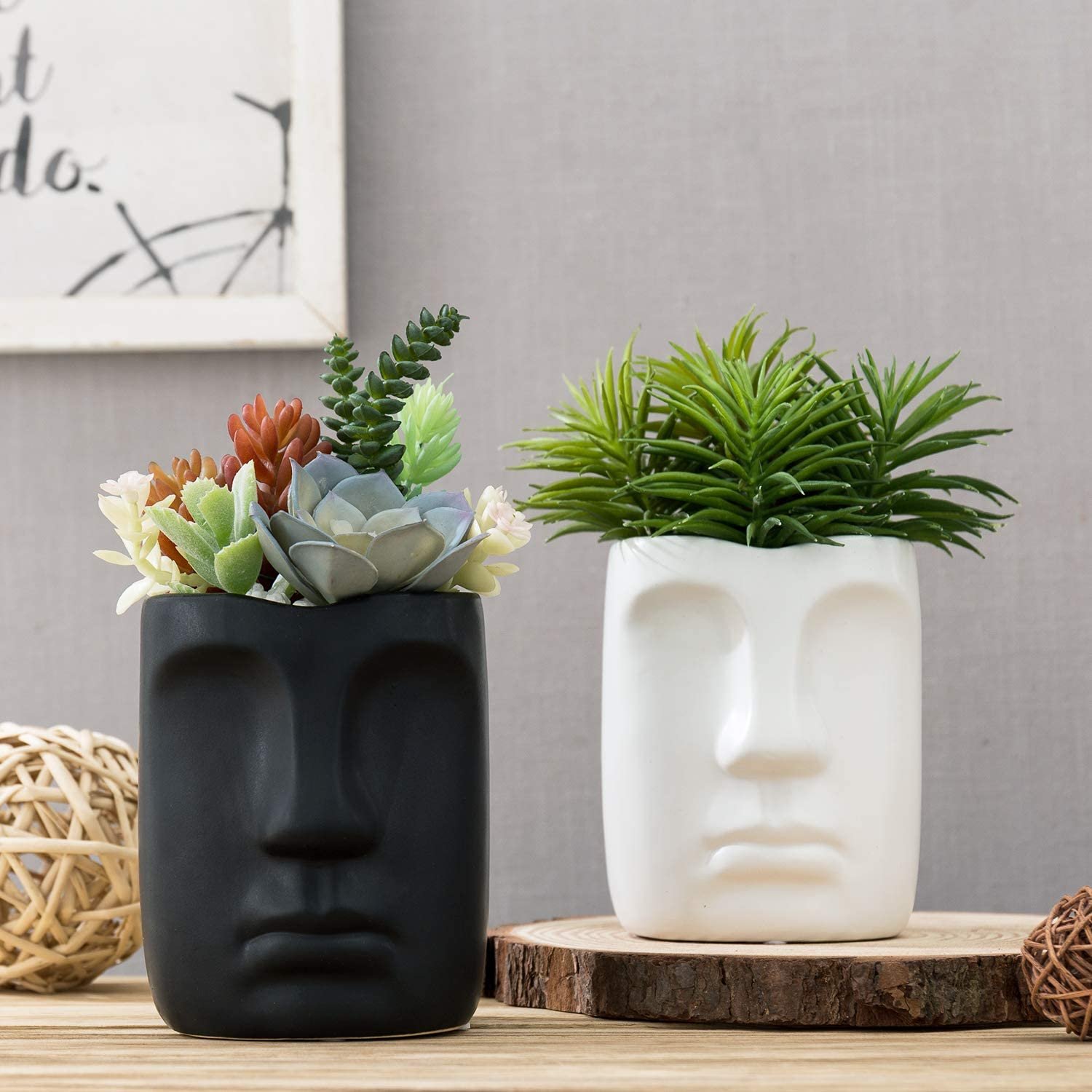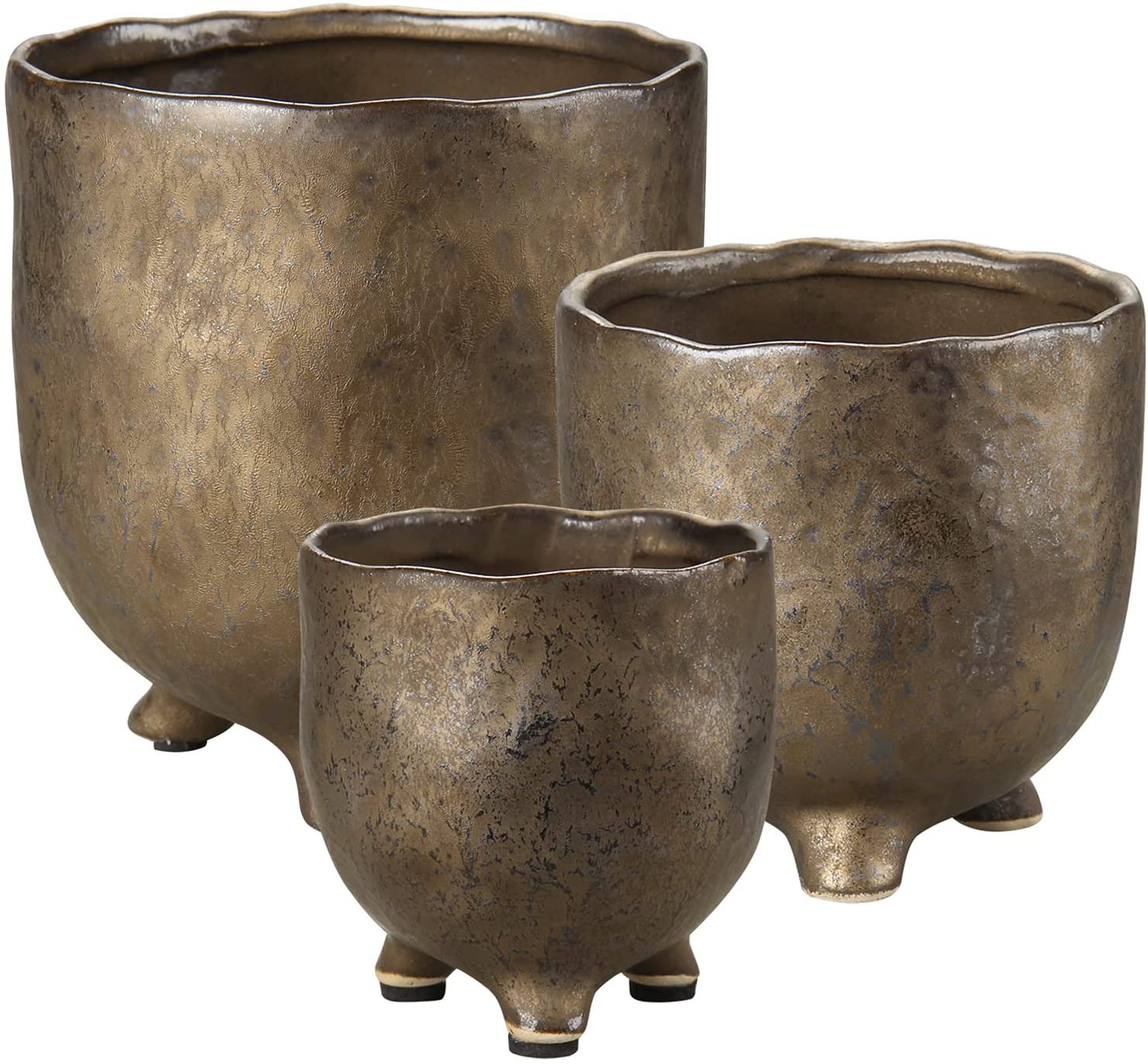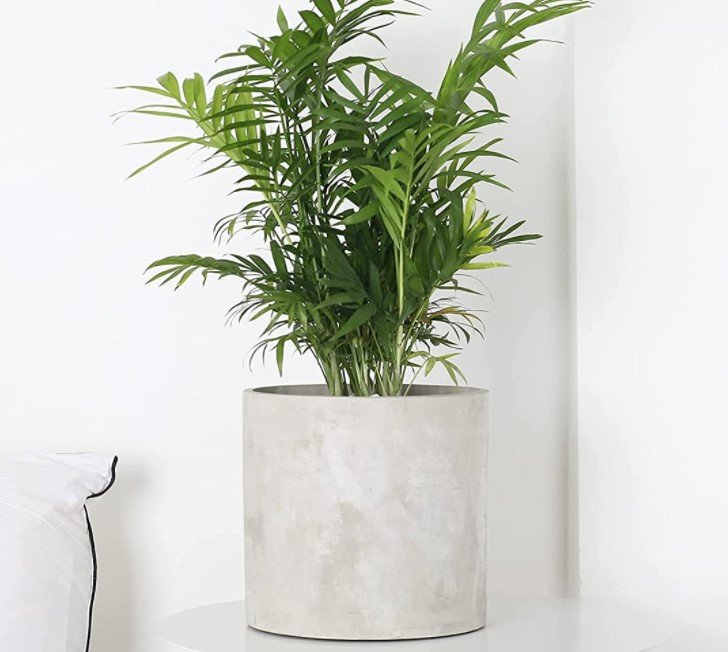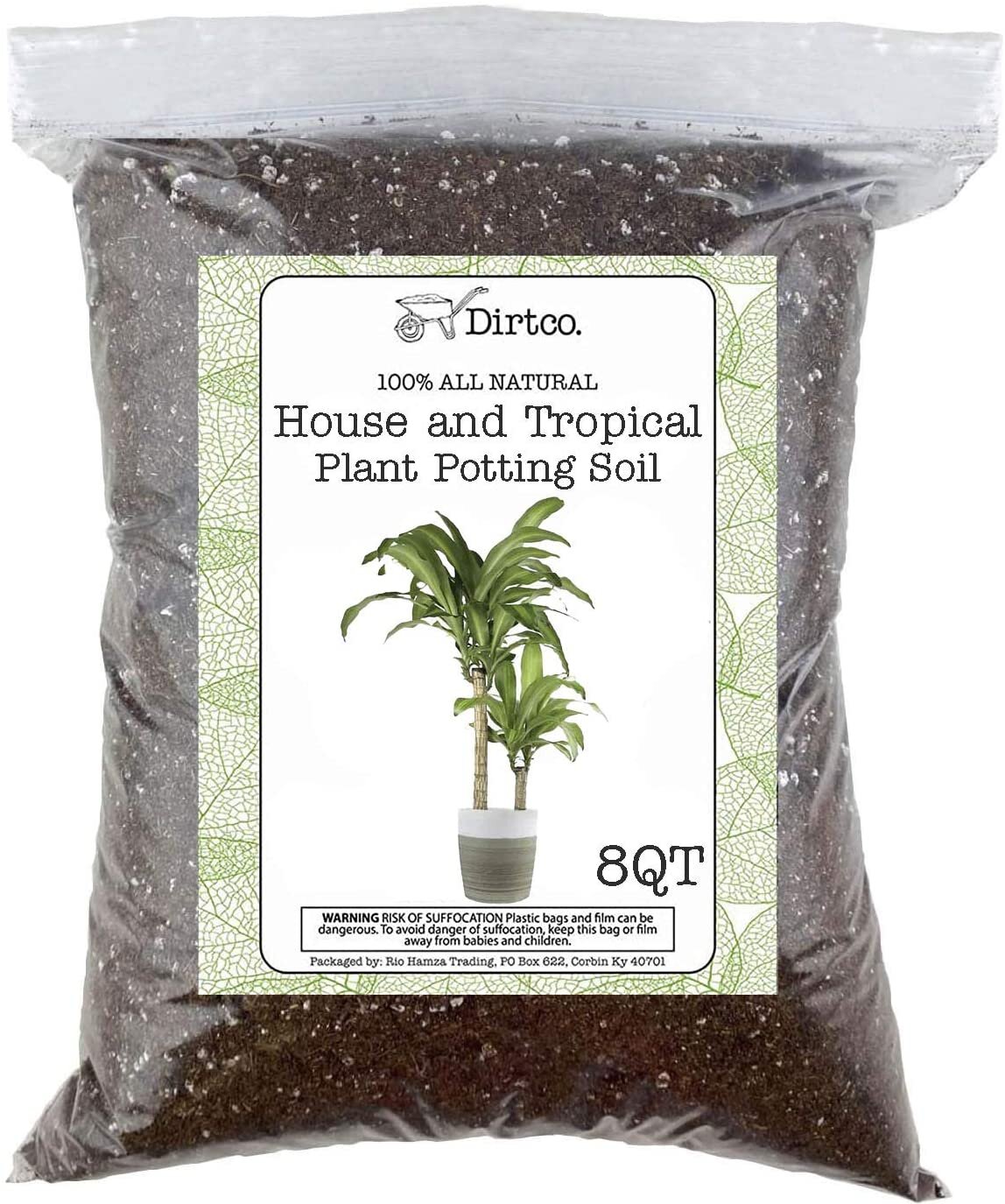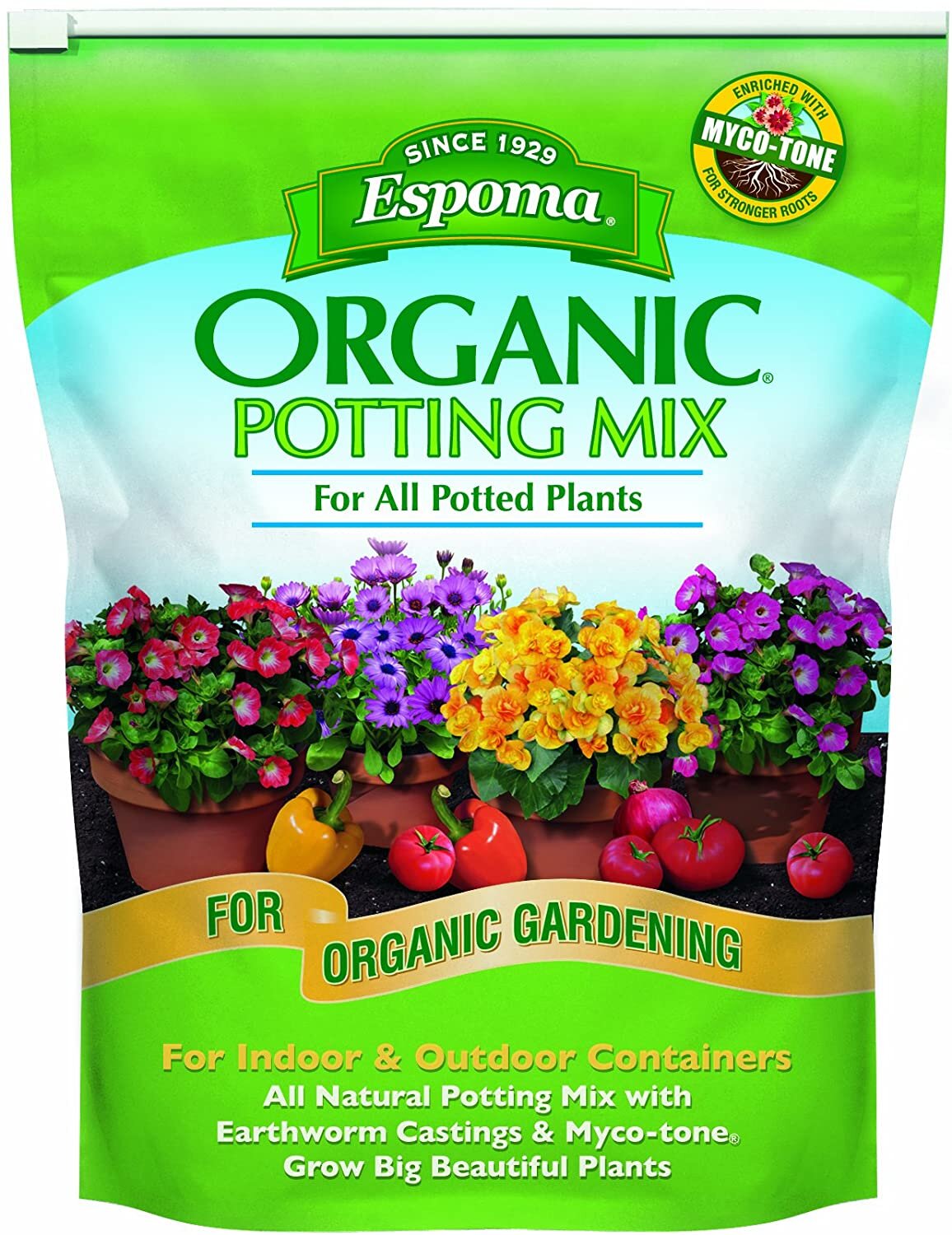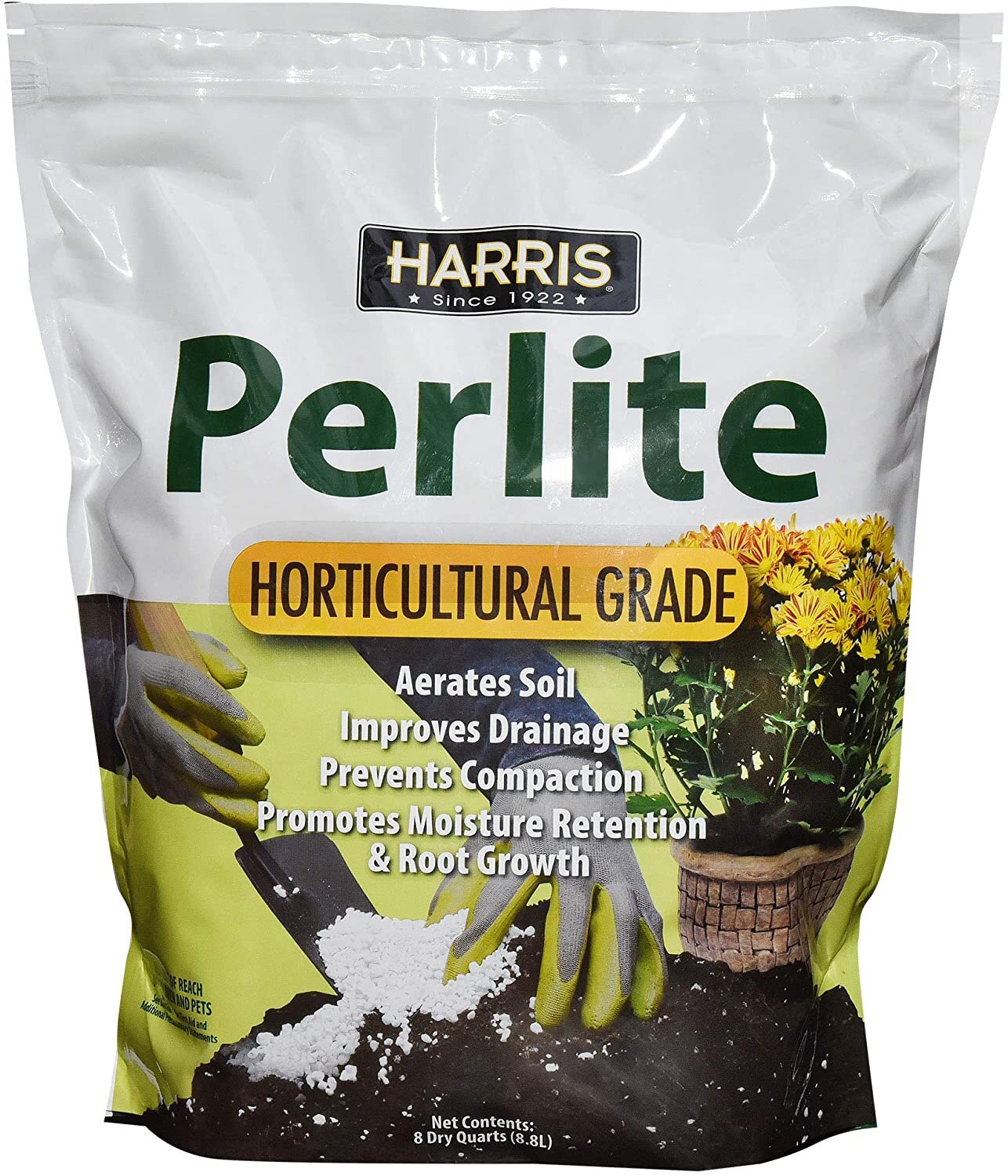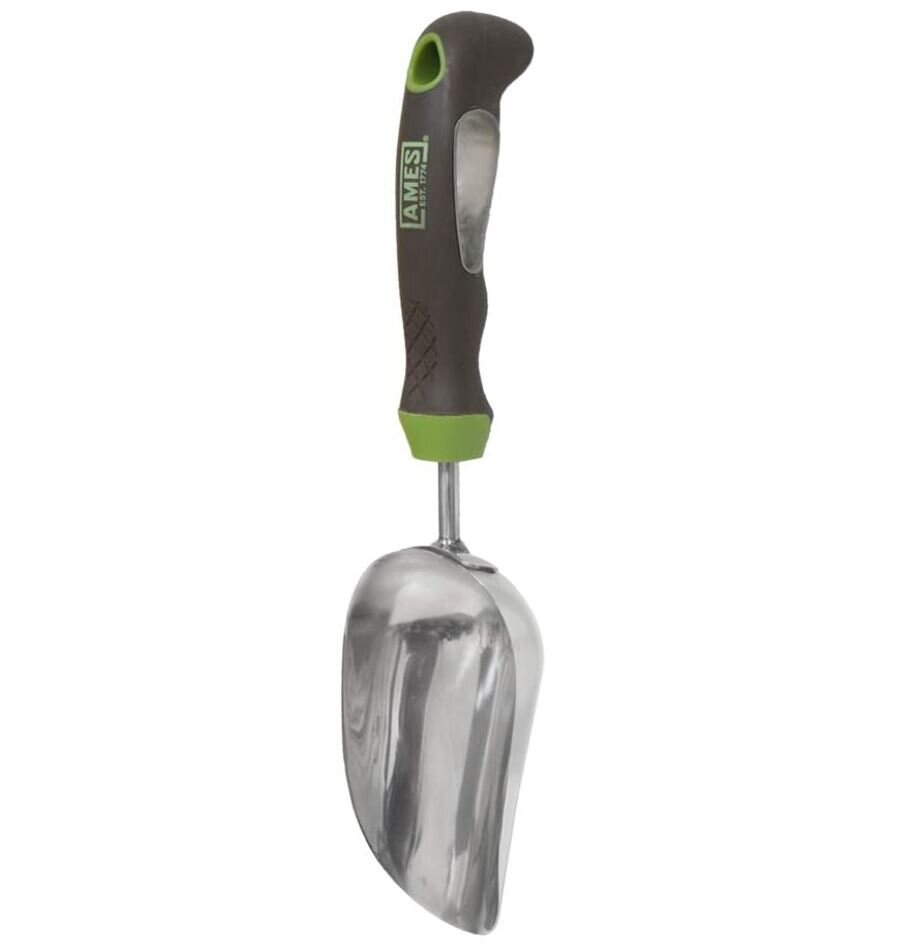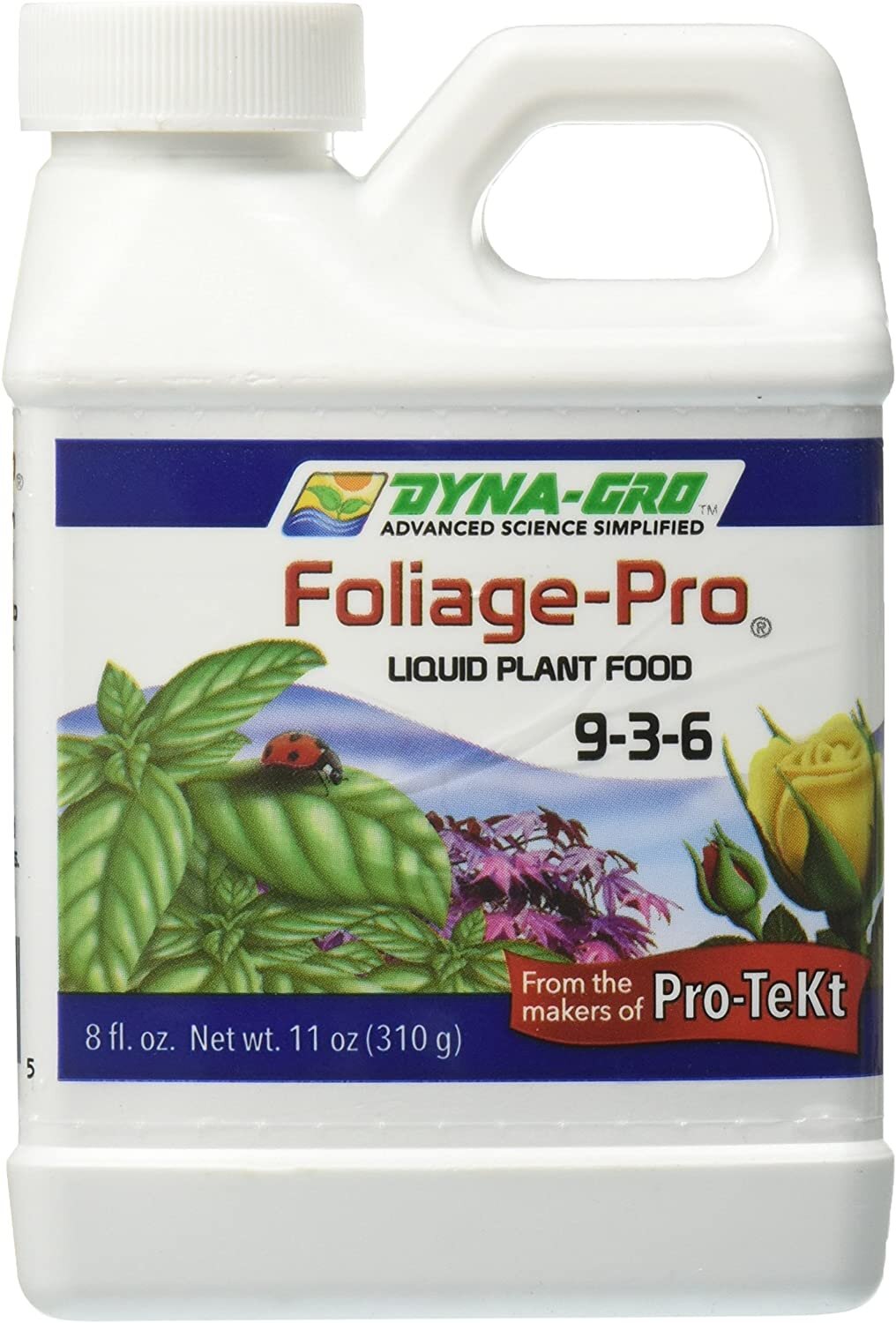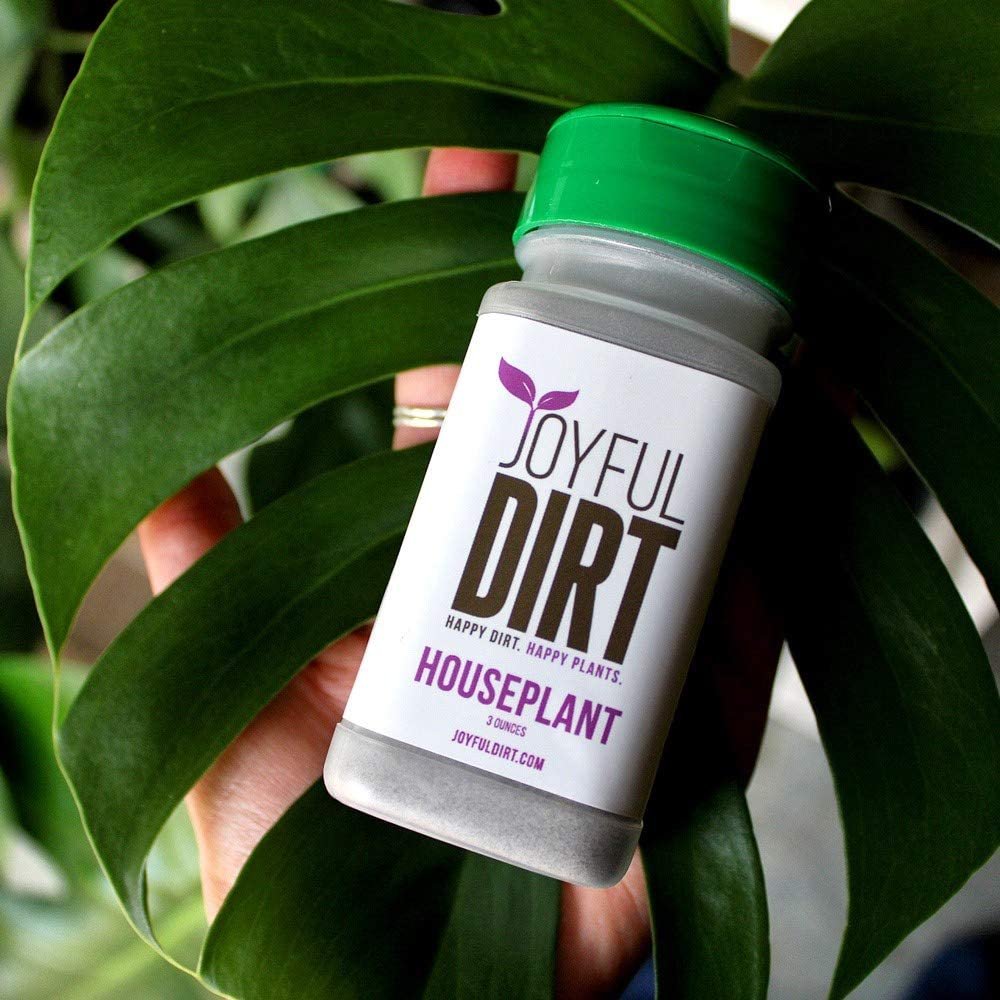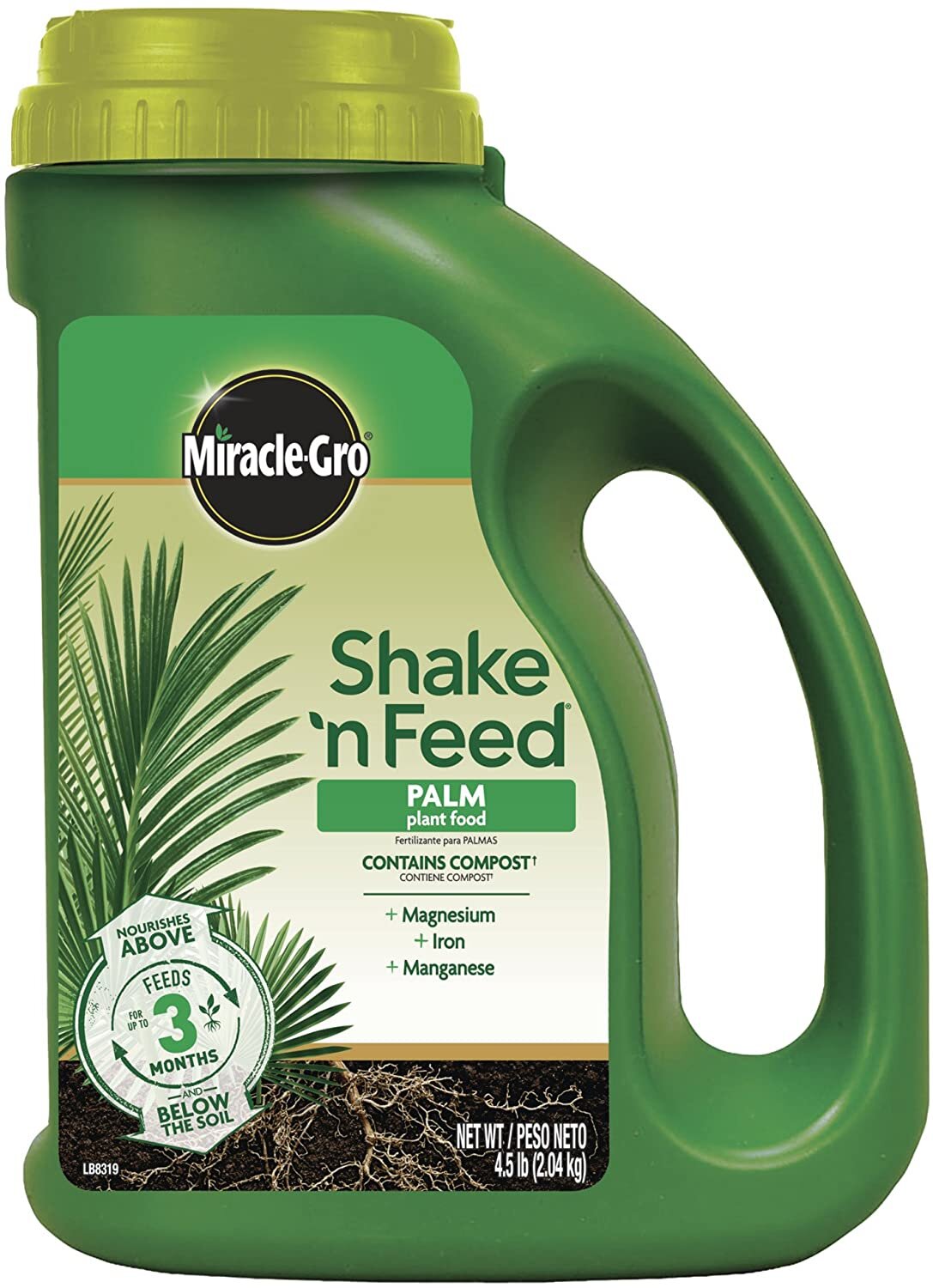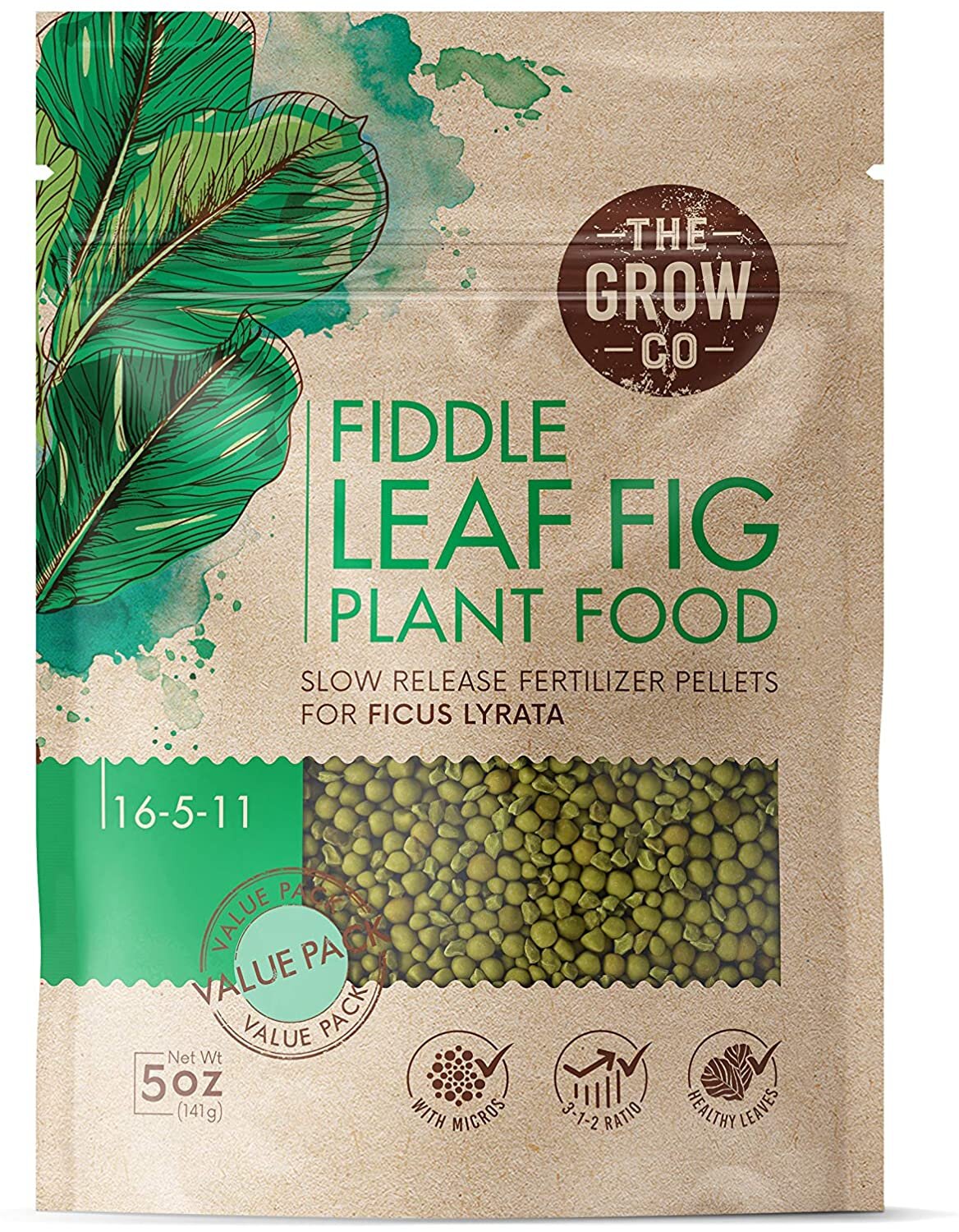Philodendron Rojo Congo - [Red Philodendron Care ]
[This post contains affiliate links. Click here to read my full disclosure.]
Red foliage philodendrons, whether it’s Philodendron Congo Rojo, Black Cardinal, Imperial Red, or Congo Red, are all spectacular. It’s no surprise so many are smitten by their dramatic dark-reddish leaves, and caring for red philodendrons is so easy they will make even a novice plant parent feel like a proud expert!
In this post, I’ll cover all things related to what I’m calling the “red” category of philodendrons, from detailed background info to all you need to know to successfully grow for these red-foliaged beauties.
HERE’S WHAT WE’RE GOING TO COVER:
Red Philodendron Cultivar Background
Habitat & Taxonomy (+ telling them apart)
Why are Red Philodendrons red?
Form & Habit
Red Philodendron Care
Light
Temperature & Humidity
Water
Repotting Philodendrons
Soil Mix
Foliage Fertilizer
Before we get going, if you want a red philodendron of your own, or you want to add to your collection - here are some options:
SHOP THE POST
Red Philodendron Cultivar Background
Before jumping into how to care for red philodendrons, let’s first understand something about their native habitat, how they came exist, and why they look the way they do.
Understanding the background of red philodendrons provides a framework for their care, so their growth requirements make more sense.
Philodendron Native Habitat
Philodendrons are the second largest genus in the tropical family Araceae after the Anthurium genus. They’re native to the tropical Americas and the West Indies. Most occur in humid tropical forests, but since they’re a large and diverse genus, they can be found in a variety of environments and elevations.
Philodendron Taxonomy - which one is which?
Philodendron ‘Rojo Congo’ was produced in the mid-1990s by pollinating a female Philodendron ‘Imperial Red’ with another unspecified philodendron. (Here’s patent info about the origins of ‘Congo Rojo’.)
As we know, there are different cultivars of reddish foliaged philodendrons, so it can get confusing fast.
I bought one about a year and a half ago and the label says Philodendron ‘Congo Red’. After doing a little research, I thought, “Is this even a thing?”
My Philodendron ‘Congo Red’. It’s foliage is fairly reddish - camera seems to pick up the green.
Philodendron Imperial Red, Congo Rojo, and Black Cardinal were all on my radar. Congo Red - not so much. Commercial growers do play a bit fast and loose with labels sometimes (it’s close enough!). Case in point: ‘Black Cardinal’:
Black Cardinal is defined by having rounder, larger leaves and darker foliage than Rojo Congo and the other red cultivars. (Here’s a video showing the difference.) Knowing this, look around at what’s sometimes labeled as ‘Black Cardinal’ but then take a good hard look at the foliage…
My ‘Congo Red’ could be a hybrid-between-hybrids, although I can’t find any academic citation about a ‘Congo Red’ cultivar. If anyone can definitively say, please leave a comment below.
Tips for telling red philodendrons apart:
Imperial Reds are supposed to have a fair amount of green on the foliage, while the foliage and petioles of Congo Rojos are more red. (I feel like my Congo Red falls in the middle.)
‘Black Cardinal’ has dark red to deep brown foliage with rounder, larger leaves, and an overall larger plant size in comparison to Imperial Red and Congo Rojo.
Combine those vague comparisons with environmental variability, and sometimes it seems clear as mud.
All red philodendron cultivars share red petioles (the part connecting the leaf to the stem) and reddish foliage in varying degrees.
This is a cultivar called Red Cherry - it looks to have nice contrast between the green and deep burgundy foliage.
Why Are Red Philodendrons Red?
We can at least agree that they all have reddish foliage. So what makes it red?
Red foliage, whether it’s seasonal like a deciduous maple leaf or evergreen like a tropical plant, contains anthocyanin. Anthocyanins are pigments that give plants, flowers, and fruit their brilliant colors ranging from pink to red, purple, and blue.
While anthocyanin isn’t the only factor in producing a red appearance, it’s an important one. Anthocyanins also take a lot of energy for the plant to produce. So why do they do it?
For non-deciduous plants including the red philodendrons, anthocyanin can serve various purposes including (but not limited to) responding to environmental stressors and attracting and repelling various animal and insect species.
In fact, leaves that are rich in both chlorophyll and anthocyanin tend to be brown or even black, mimicking dead foliage or serving to camouflage leaves against the forest floor’s soil and leaf litter (way to go Black Cardinal!). Even brilliant red or scarlet leaves can appear dark to nonmammalian folivores, (plant-eating insects, reptiles etc.) which lack red light receptors. PMC
This wild philodendron in El Yunque Tropical Rain Forest has a similar leaf shape to the red cultivars but more common green foliage.
Even the flower is red on Philodendron Congo Rojo.
Rojo Philodendron Form & Habit
Most philodendron are vine-like. Their strategy is to climb up a tree in the rain forest to get more light. However, several species and cultivars have leaves clustered so close together that the stem almost looks like a basal rosette leaf arrangement until older leaves fall off the bottom eventually exposing a stem.
These philodendron are called self heading since they don’t require a support like so many other philodendrons and tropical climbers. A subset of these self-header are further described by botanists and horticulturalists as arborescent because their foliage is rigid enough to hold the plant upright, similar to a tree (arborescent means tree-like).
[Related post: DIY Trellis For Potted Plants & The Role of Supports In Nature For Climber-Plant Growth]
This wild philodendron in El Yunque Tropical Rain Forest in Puerto Rico has a more typical vining habit compared to a self-heading philodendron. Image | Greenhouse Studio
Red cultivar philodendrons are a self-heading philodendron meaning they don’t need a support due to a tight basal leaf arrangement.
Genetics + Breeding + Propagation = A Red Philodendron Winner
When breeding ‘Rojo Congo’, in addition to the beautiful extra-red foliage, another important trait breeders were selecting for is a compact basal form even above and beyond what a self-heading philodendron produces.
They’ve been able to improve philodendron form even more through tissue culture propagation.
Tissue culture is a process where plants are cloned using vegetative tissue (not reproductive tissue like seeds). Plant cells, tissue, or organs are placed on a nutrient culture to grow under sterile conditions - usually a petri dish or test tube.
Vegetative propagation (which includes regular cuttings too) means the plant will reproduce as a clone of it’s parent plant. Seeds on the other hand, are the reproductive equivalent of children - they share their parents’ genetics, but they certainly aren’t clones.
The point here is that scientists found that tissue culture propagation promotes more numerous basal shoots than non-tissue cultured self heading philodendrons, helping to produce more a compact plant. (U Florida)
Their tight leaf groupings make them a compact, attractive plant as opposed to a more rangy philodendron like the one pictured growing wild in Puerto Rico.
In a nutshell, the self-heading trait + tissue culture creates compact plants, making these red philodendrons more of a commercial success than the same red leaves on elongated, rangy stems would be.
[Sidebar: Propagation methodology affecting growth habit may seem strange, but I ran across something similar when researching Fiddle Leaf Figs. Air layered Fiddle Leaf Figs don’t have quite the same stability as those propagated from regular cuttings/tissue culture. Their roots don’t grow to be as stabilizing, so they don’t stand as strong as FLFs propagated from other means. And I bet the larger branches used for air layering don’t help either.]
Want more helpful plant tips and design inspo? Let's hang out on Instagram!
Red Philodendron Care
Light
Philodendrons prefer bright, indirect light. When you know they’re native to rain forests, this makes sense.
Knowing that, I learned the hard way. My office where my Red Congo lives is a south-facing, solid wall of windows. It’s about as close to a greenhouse as its going to get without having a glass roof.
In the fall and winter, the sun shines in at an angle rather than being overhead. This means I get a lot more direct sunlight during those seasons.
I kept my Red Congo along with my Monstera and Hoya on a bench right under the windows last year. Suffice to say, when fall and winter rolled around, I burned the you-know-what out of it’s foliage before long. I realized it too late, and a year later, it still bears the scars.
I know most don’t have a problem of too much light, here are the key points:
Your red philodendron will be happy in indirect light. You don’t need strong sun.
If you do have strong light, sure not to keep it in direct sunlight for more than a half hour or so a day.
Too much shade will cause the leaves will become more green than red.
Bad leaf-burn on my Congo Red from keeping it next to a window in direct sun during the fall and winter months.
Temperature & Humidity
Philodendrons prefer temperatures between 70 and 90°F. Plant quality and growth rates begin to decline when temperatures frequently run higher than 95°F or drop below 65°F. Neither scenario is very likely when growing them as houseplants.
Philodendrons prefer a relative humidity of 60 to 100%. Again, these are rain forest plants. Be sure you don’t keep them over a heating vent where they can dry out.
Watering Philodendrons
Philodendrons are from the tropical rain forest, so they love humidity, but that doesn’t mean they need a ton of water. It may seem like humidity lovers need a lot of water, but it’s really not the same thing.
I let mine dry out a little in between watering (OK a lot oftentimes, and it’s far from ideal and my little ‘Red Congo’ has suffered!) and that’s how I water most all of my tropical plants.
Pro tip: Pick up the pot to determine how much water it has - weight is a much better way of judging plant watering than somehow scratching into the top couple inches.
When in doubt, don’t water. way more plants die from overwatering than underwatering.
Repotting Red Philodendrons
One of the most common questions when repotting any plant, philodendron or not, is what size planter to use. Here’s one strategy:
When I interned in a botanical conservatory, the goal was to repot so the plant didn’t need to be transplanted again for at least 2 years. This requires guesstimating which isn’t easy.
A more specific recommendation is to size up about 1-2 inches larger from its’ current pot, or 2-3 inches for larger pots. Also an imperfect strategy, but still helpful.
My experience so far is that my Congo Red is quite vigorous. It’s putting out a new leaf more often than not. That being said, I haven’t repotted it in the year and a half since I bought it and it’s managing fine in it’s original 6” pot, but it does dry out quickly.
So when I repot, it will appreciate the extra room, but if you’re short on space, it’s fine in a smaller container too.
Finally, remember also that Black Cardinal is larger plants than the other reds, so it would need a bit more room for optimal growing.
Design Tip: Their dark and dramatic foliage looks great in a dark or bold, contrasting colored pot. I mostly keep my dark plants in darker-colored pots.
(The brass-metallic painted ceramic 3 pack below is in my cart! And the deep peacock green one would look great in one of the dark green kitchens that are trending so hard now.)
SHOP THE POST
Soil
If you’re repotting, you need to know about philodendron soil mix.
Philodendron soil media should have good moisture holding capacity and aeration. A peat-based soil with some perlite works well. This is standard fare for most indoor potting mixes with good reason. Simple is often best.
A simple, basic recipe that will get the job done would be 2/3 peat to 1/3 perlite. There are many other more elaborate recipes though that would also work well.
Other combinations could include sphagnum peat, vermiculite, perlite or even pine bark.
If you’re getting fancy and measuring pH , it should be pH of 6.0 to 6.5.
PHILODENDRON SOIL RECIPE
2/3 peat-based media
1/3 perlite
If you’re worried about it drying out too quickly (big plant, small pot) vermiculite helps because it has water-holding capacity.
Whatever you do DO NOT PUT GRAVEL OR ROCKS IN THE BOTTOM OF YOUR POT.
Want to know why? Check out How to choose the right pot for your plant [Why pot shape & size matters]
It’s not an easy read, but if you can slog through it, you’ll learn a lot. (This post is a main reason I have so many education-site referral links!)
SHOP THE POST
Fertilizing your Philodendron Rojo Congo
One of the tools for growing large, lush plants is fertilizer. Foliage plants like philodendrons will reward you with bigger and better leaves when they have regular applications of high nitrogen fertilizer.
First some general fertilizer info:
The most common garden-variety plant fertilizers (pun intended) consist of a ratio of Nitrogen, (N) Phosphorus, (P) and Potassium (K).
This is represented on the product label as “N-P-K” with 3 associated numbers next to it. The numbers indicate the ratio of each element by weight.
Nitrogen is responsible mainly for greening and the overall shoot growth of the plant, what commercial growers call “vegetative growth,” i.e. non-flowering (reproductive) growth.
Phosphorus is responsible for root formation, flowering, and setting seed
Potassium is important for plant cellular function and regulation
We grow philodendrons for the beautiful red foliage rather than flowers. For this reason we want a fertilizer with a higher ratio of nitrogen compared to phosphorus and potassium.
The ideal N:P:K ratio for a foliage plant should be 3:1:2 or 3:1:3. Different ratios won’t hurt it, but a high nitrogen fertilizer is ideal.
Now that we’ve talked about fertilizer ratios for foliage plants, let’s discuss fertilizer options:
Slow release fertilizer
Slow release fertilizers are capsules or pellets containing fertilizer that are mixed into soil and will release fertilizer to your philodendron in increments over time as you water.
If you're repotting, this can be a great time to also mix in a slow release fertilizer if you want. One of the most well known brands is Osmocote.
There’s debate over how evenly and for how long slow-release types actually release the fertilizer, but that’s outside our scope here. Some claim to last up to 6 months for indoor plants but 3-4 months may be more realistic.
Water soluble fertilizer
You could also apply a typical quick release, water-soluble fertilizer by dissolving it in water and then watering as you normally would.
Be sure to thoroughly water your philodendron first so the soil is saturated. That way when you apply the fertilizer water will be held in the soil rather than flushing out the bottom. It also helps prevent fertilizer burn.
Here are fertilizers that have the best ratio of NPK for philodendrons and other foliage plants:
So that’s a wrap! Whether you have a Philodendron Congo Rojo, Black Cardinal, Imperial Red, or Congo Red, their care is basically the same. They’re true scroll-stoppers, and very easy plants to grow and keep happy. Have fun with your red philodendron, and be sure to let me know below if you have any questions about them along the way.
[Want more helpful plant tips and design inspo? Let's hang out on Instagram!]
SOURCES
Molecular phylogeny of the genus Philodendron
Nature's Swiss Army Knife: The Diverse Protective Roles of Anthocyanins in Leaves https://edis.ifas.ufl.edu/publication/EP150
Don’t forget to sign up below for your free design guide on how to bring the outdoors in to create a nature-inspired home you love!
Other posts you’ll love:
Monstera Deliciosa Care [Soil, Watering, Repotting, Fertilizing]
Home Office Reveal - Plants, Light, & Nature-Inspired Workspace
How to care for Air Plants (Tillandsia watering, fertilizing, & troubleshooting)
How to branch fiddle leaf fig bushes into trees (step by step guide)
Was this fiddle leaf post helpful? Pin it for later!
Please leave a comment/question below and be sure to check back for my response (I always respond) since it doesn’t send out notification when a response is posted.
XO,
Tina

